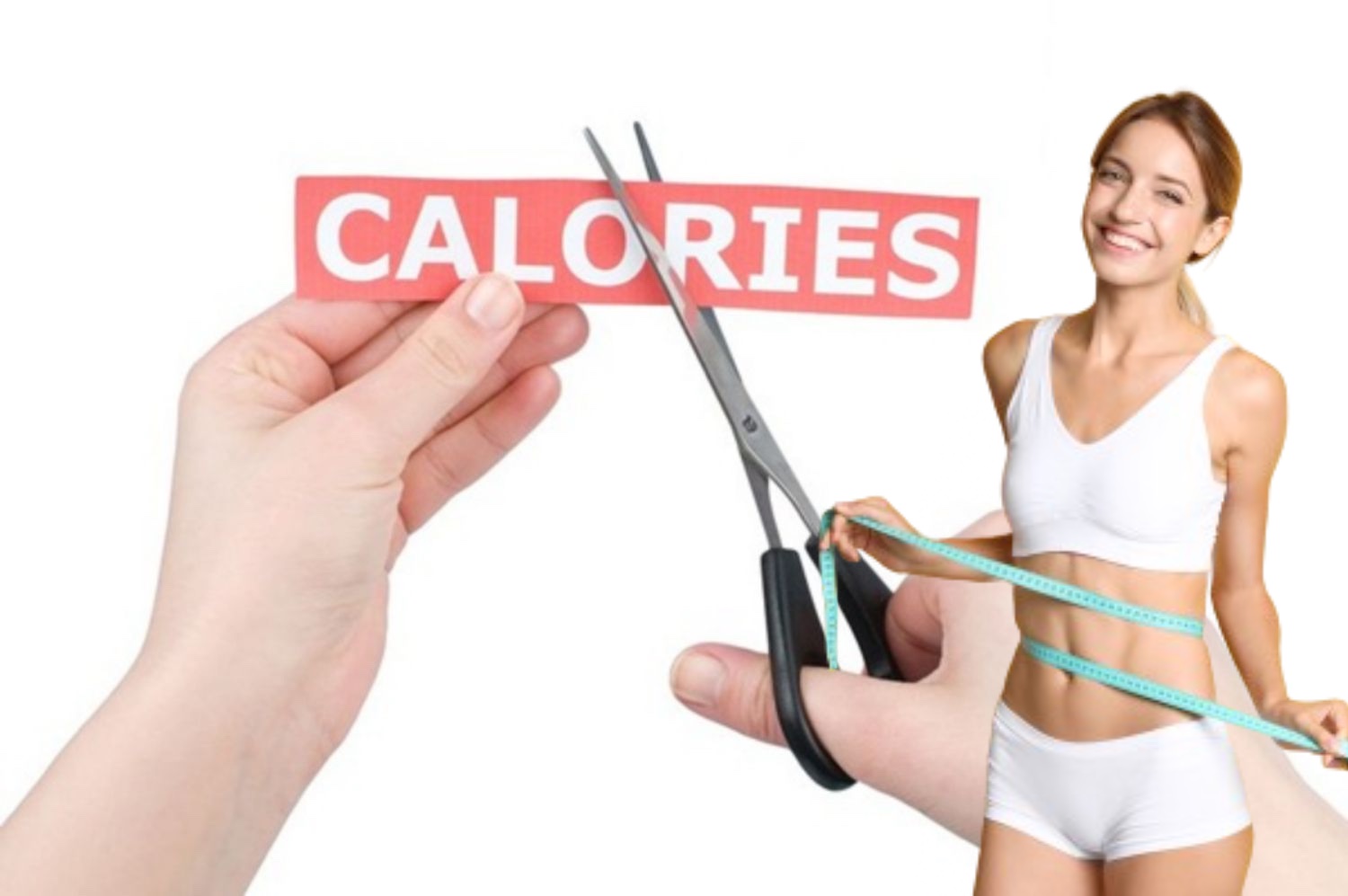Requirements when cutting calories
Monitor calories: In your diet, the key is to manage your calorie intake. Accordingly, you should eat fewer calories than you need to burn to lose fat. Calorie count depends on factors such as weight, height, activity level, and lifestyle. However, according to experts, to lose weight scientifically, a deficit of 500 - 1000 calories per day is often applied.
Optimizing protein intake: Protein is essential for muscle growth and recovery in the diet. Even if you follow a reduced-calorie diet, make sure your protein intake is not affected.
Calculate fat: Fat is important for maintaining testosterone levels and growth hormone helps maintain muscle. Make sure 20-30% of your daily calories come from fat. Every gram of fat contains 9 calories, so aim for 44 - 67 grams of fat per day in your weight loss diet.
Calculate carbohydrate intake: After considering your protein and fat needs, the remaining calories should come from carbs. Typically, during the fat loss phase, athletes are advised to keep their carbohydrate intake at 2-5g/kg of body weight. However, to know exactly, you need to see a nutritionist to get a reasonable number according to individual calorie requirements.

Food Choice
Foods to eat:
Lean meat: Beef and chicken.
Fish: Salmon, flounder and sardines.
Vegetables: Kale, spinach, and broccoli.
Fruits: grapefruit, apple, strawberries and avocado.
Eggs, Tofu, Tempeh.
Grains: Quinoa, oats, brown rice and whole grain branch.
Beans: Soybeans, chickpeas and lentils.
Low-fat milk: Cheese and skim milk.
Nuts: Almonds, walnuts, chia seeds, and pumpkin seeds.
Foods to avoid: sausage, bacon, soda, sugary drinks, fried foods, white blood glasses, candy, cookies, cakes, beer and high-calorie wine.






